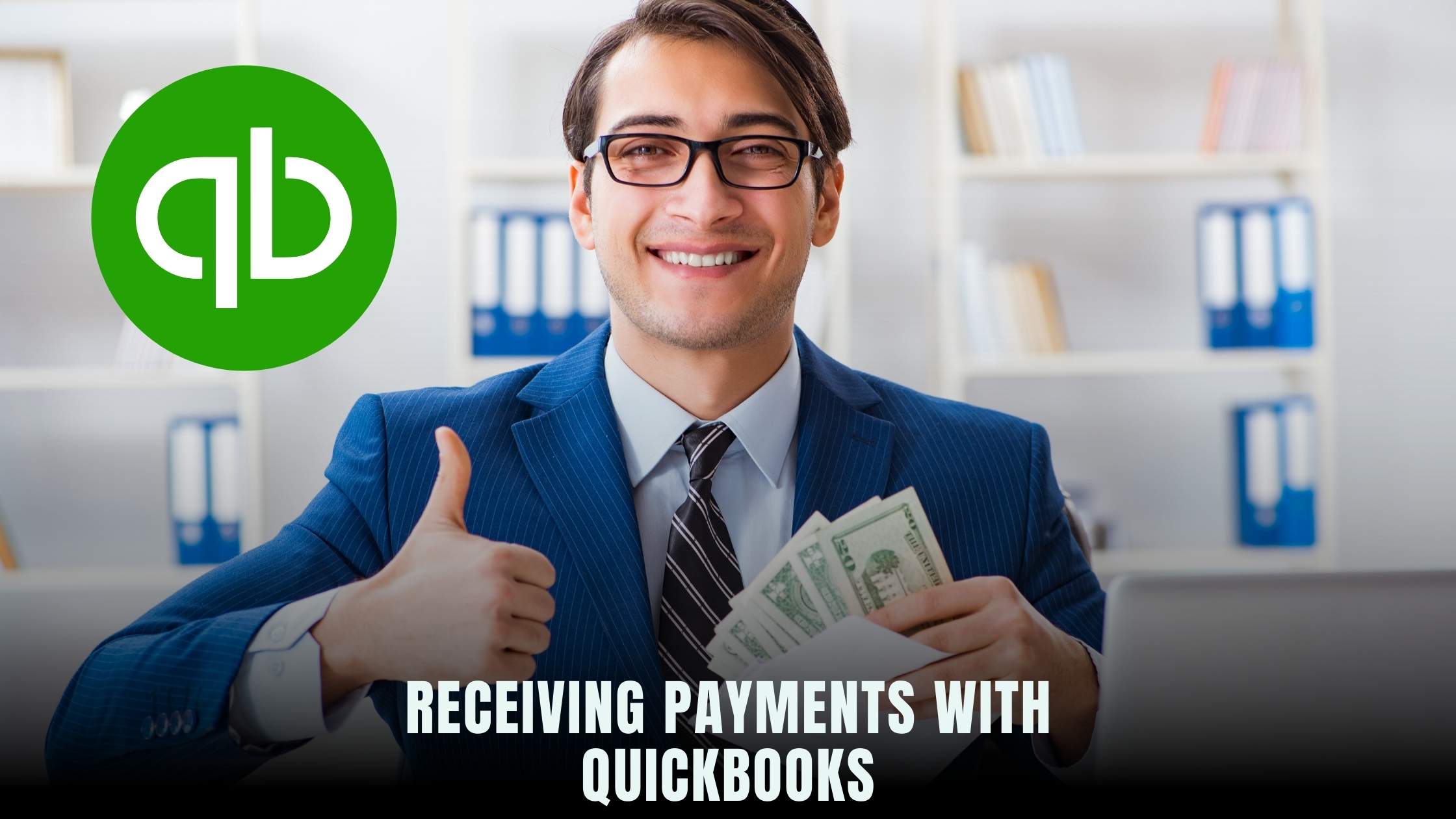Receiving Payments with QuickBooks: Essential Guide
- Expense Management Software Credit Cards Investing Business Solutions


Managing finances is a critical aspect of running a business, and for small businesses and freelancers, having a reliable system for receiving payments is essential. QuickBooks, a leading accounting software, offers robust features for invoicing and payment processing, making it a popular choice among entrepreneurs. In this comprehensive guide, we will explore how QuickBooks facilitates receiving payments, streamline invoicing processes, and ensure timely transactions for businesses of all sizes.
Understanding QuickBooks Payment Solutions
QuickBooks provides several payment solutions designed to meet the diverse needs of businesses and freelancers. Whether you’re a sole proprietor or a growing enterprise, QuickBooks offers flexible options for receiving payments efficiently.
1. QuickBooks Payments
QuickBooks Payments is an integrated payment processing solution that allows businesses to accept credit card payments, debit card payments, and bank transfers directly within the QuickBooks platform. With QuickBooks Payments, you can send professional invoices to customers and clients, and they can conveniently pay online using their preferred payment method.
2. Invoicing Features
QuickBooks offers robust invoicing features that enable users to create customized invoices, track invoice status, and send payment reminders to customers. Invoices generated through QuickBooks can include payment links, allowing recipients to pay instantly with just a few clicks. This streamlines the payment process and reduces the time spent on manual follow-ups.
3. E-commerce Integration
For businesses selling products or services online, QuickBooks integrates seamlessly with e-commerce platforms, such as Shopify, WooCommerce, and BigCommerce. This integration enables businesses to sync sales data, track inventory, and reconcile payments automatically, ensuring accurate financial records across all channels.
4. Mobile Payments
With the QuickBooks mobile app, businesses can accept payments on the go using a smartphone or tablet. Whether you’re at a client meeting, trade show, or pop-up event, you can process payments securely and conveniently using the QuickBooks mobile card reader or mobile invoicing features.
5. Payment Tracking and Reporting
QuickBooks provides robust tools for tracking payments, monitoring cash flow, and generating financial reports. Users can easily reconcile payments, categorize transactions, and analyze payment trends to gain insights into their business’s financial performance.
Receiving Payments with QuickBooks: Best Practices
To maximize the benefits of QuickBooks for receiving payments, consider implementing the following best practices:
1. Set Up Payment Preferences
Customize your payment preferences in QuickBooks to match your business needs and customer preferences. Specify accepted payment methods, payment terms, and late fees to streamline the invoicing and payment process.
2. Send Professional Invoices
Create professional-looking invoices with your company logo, branding, and payment terms clearly stated. Include payment links or instructions to make it easy for customers to remit payment promptly.
3. Automate Payment Reminders
Take advantage of QuickBooks’ automation features to send payment reminders to customers for outstanding invoices. Set up automatic reminders at intervals to encourage timely payments and reduce the risk of late fees.
4. Monitor Cash Flow
Regularly monitor your cash flow using QuickBooks’ reporting tools to track incoming payments, outstanding invoices, and pending deposits. This visibility into your financial health allows you to make informed decisions and manage cash flow effectively.
5. Reconcile Payments Regularly
Reconcile payments in QuickBooks regularly to ensure that your financial records are accurate and up to date. Match payments received against corresponding invoices and bank deposits to identify discrepancies and resolve any issues promptly.
Relevant SaaS Products for Payment Processing
To complement QuickBooks’ payment solutions, consider leveraging the following SaaS products:
1. Stripe
Stripe is a payment processing platform that allows businesses to accept online payments securely. It integrates seamlessly with QuickBooks, enabling businesses to streamline payment processing and reconcile transactions effortlessly.
2. PayPal
PayPal is a widely used payment gateway that facilitates online payments, invoicing, and peer-to-peer transfers. Businesses can integrate PayPal with QuickBooks to accept payments from customers worldwide and manage transactions efficiently.
3. Square
Square offers a suite of payment solutions, including point-of-sale systems, online payment processing, and invoicing tools. It integrates seamlessly with QuickBooks, allowing businesses to accept payments in person and online and sync sales data with their accounting software.
4. FreshBooks
FreshBooks is an accounting software solution designed for small businesses and freelancers. It offers invoicing, expense tracking, and time tracking features, making it easy to manage finances and receive payments quickly.
5. Zoho Books
Zoho Books is a comprehensive accounting software solution that helps businesses manage their finances efficiently. It offers invoicing, expense tracking, and bank reconciliation features, making it a valuable tool for businesses using QuickBooks.
For exclusive deals and discounts on leading payment processing tools mentioned in this article, businesses can leverage Subscribed.FYI Deals. By signing up for free, users can unlock savings on premium SaaS products, including payment processing solutions, and streamline their financial operations effectively.
Relevant Product Links:





